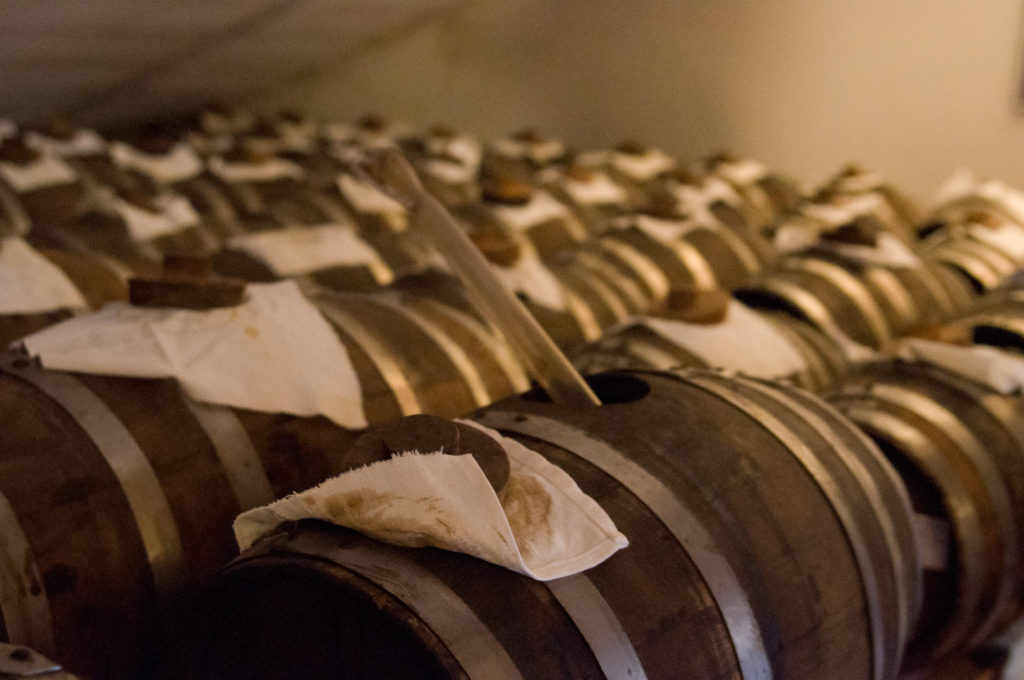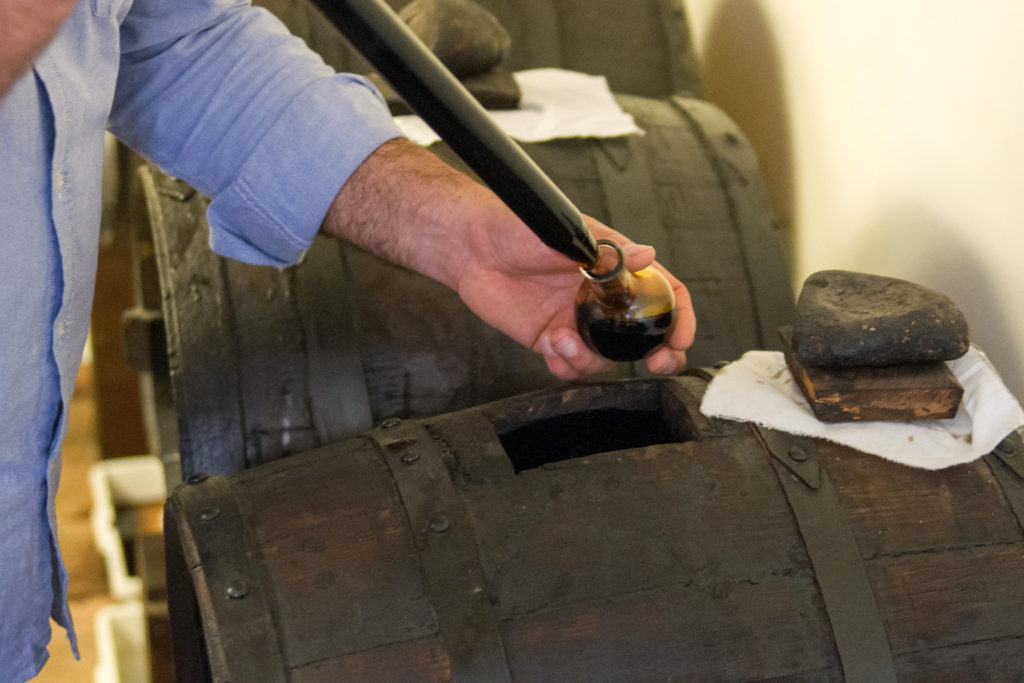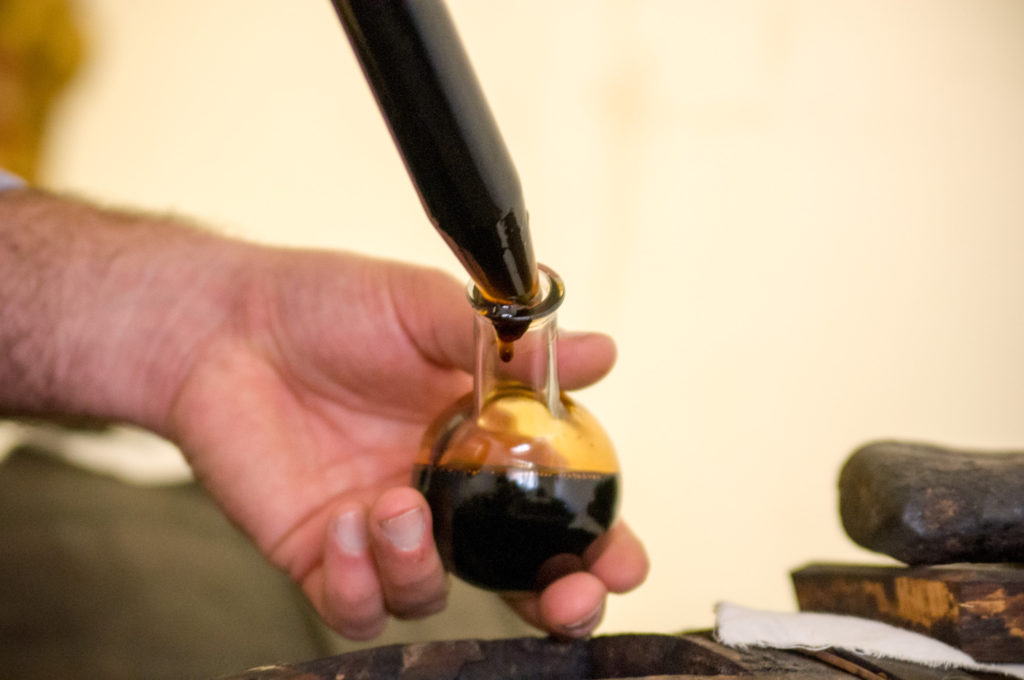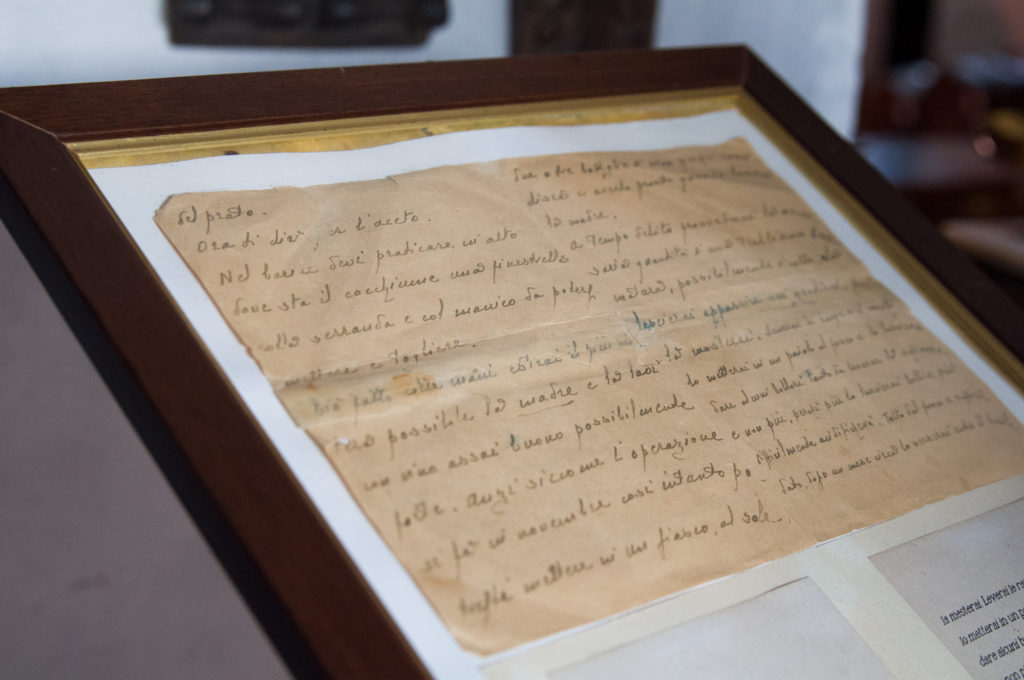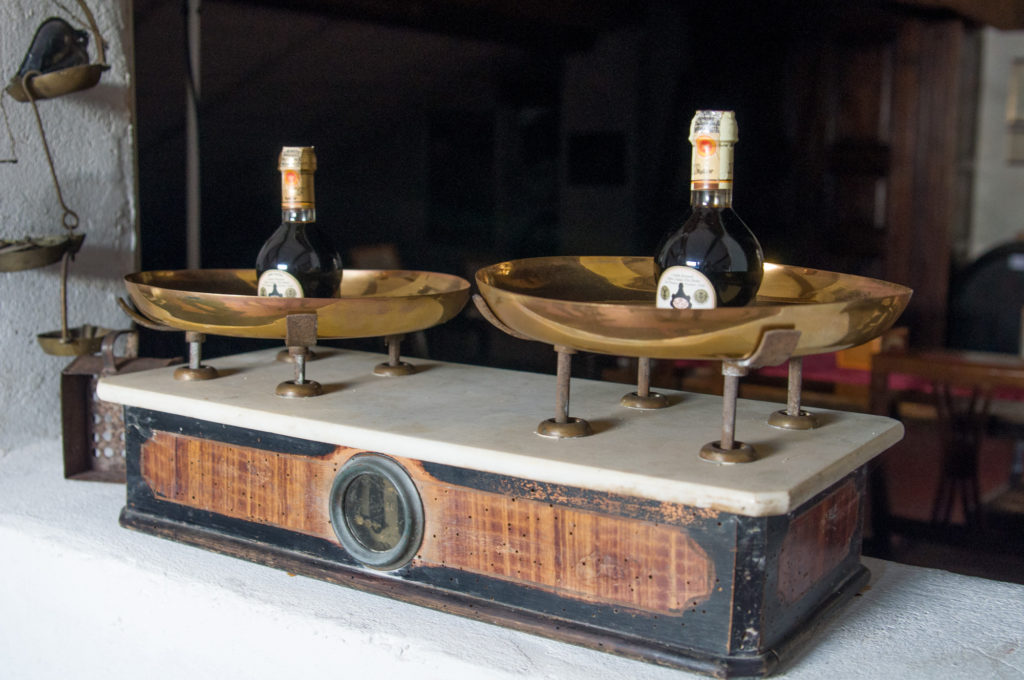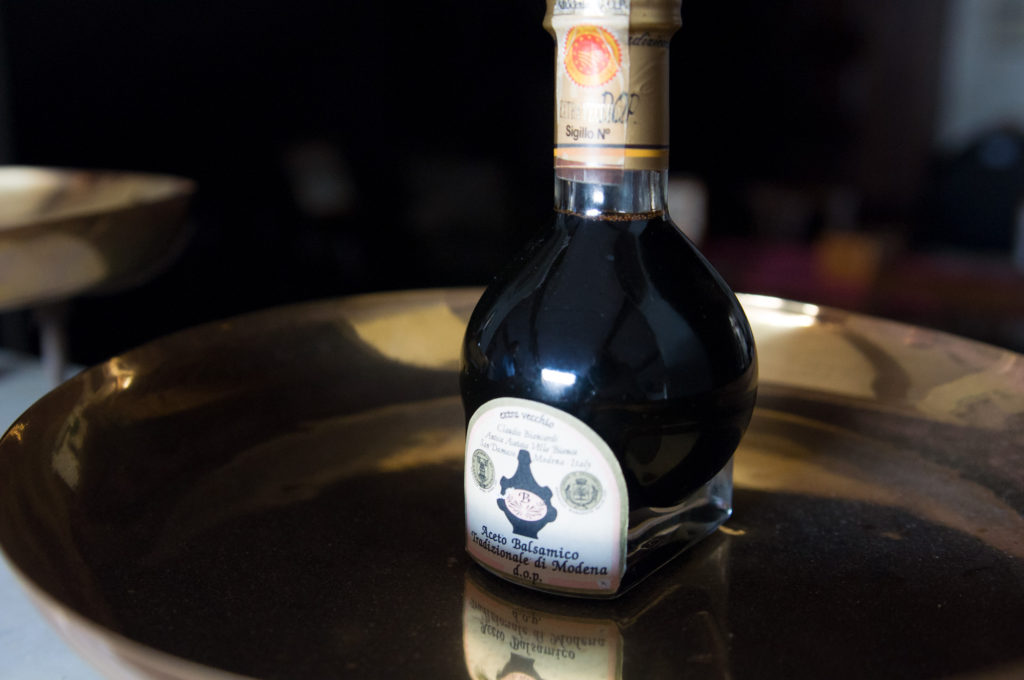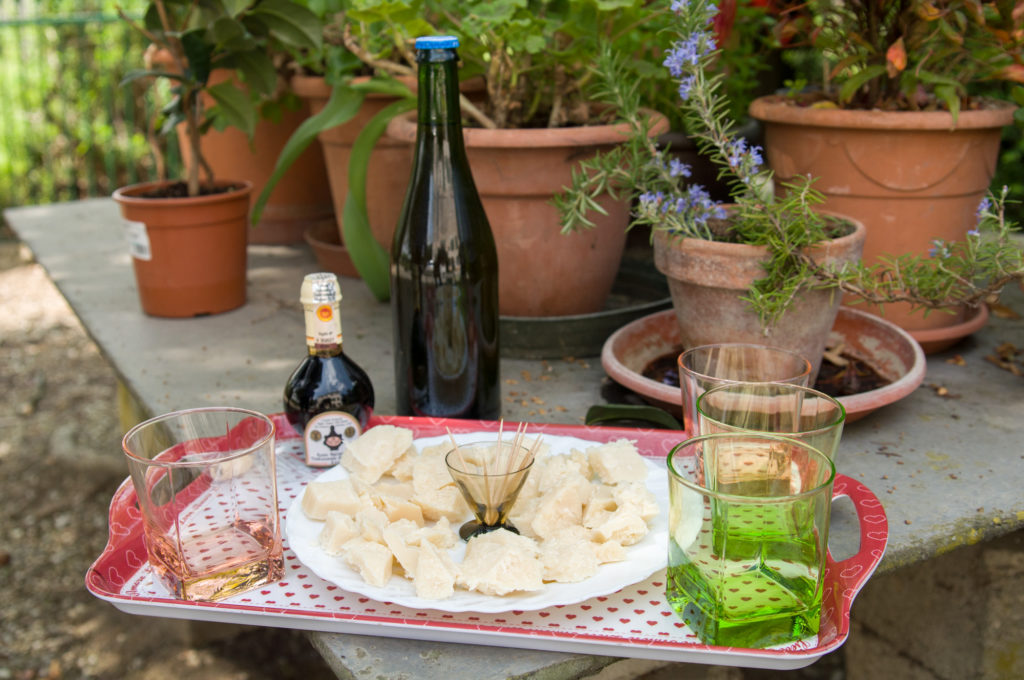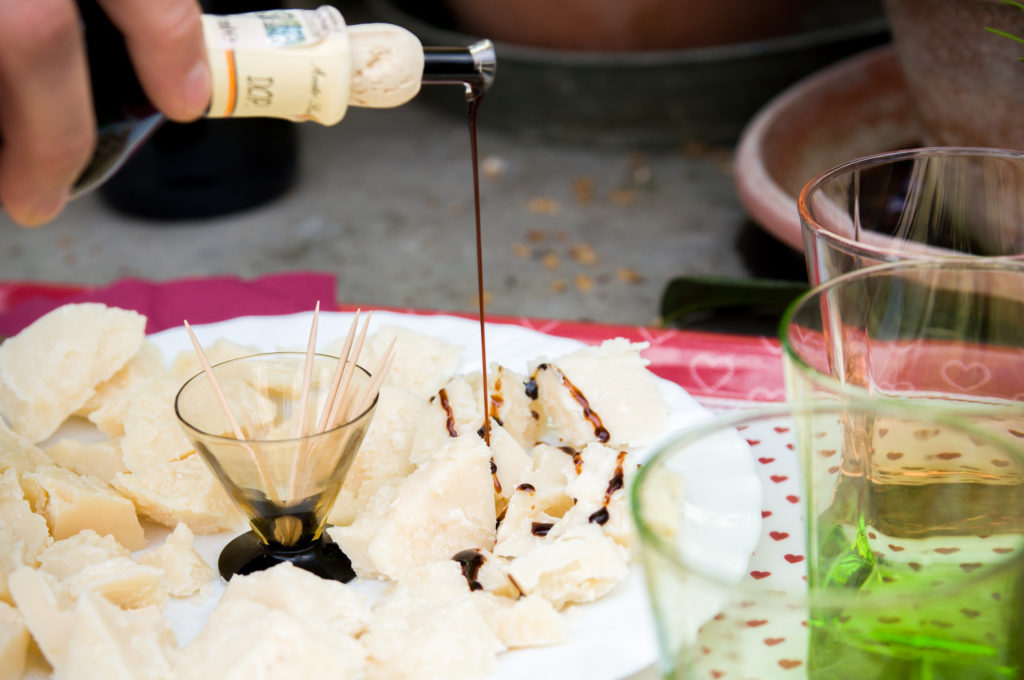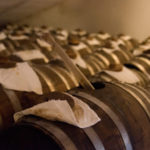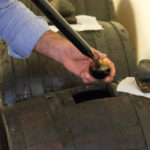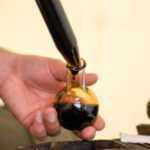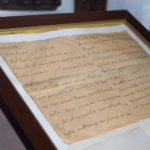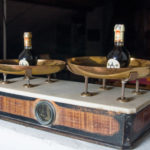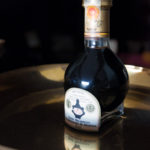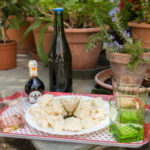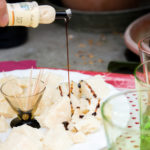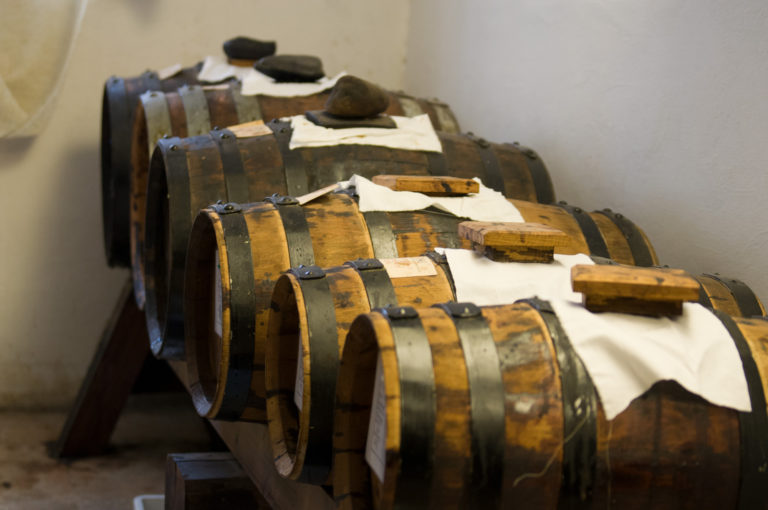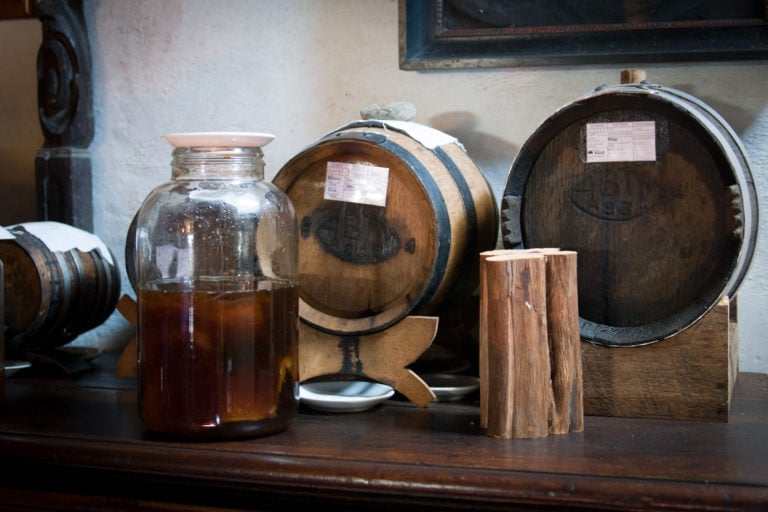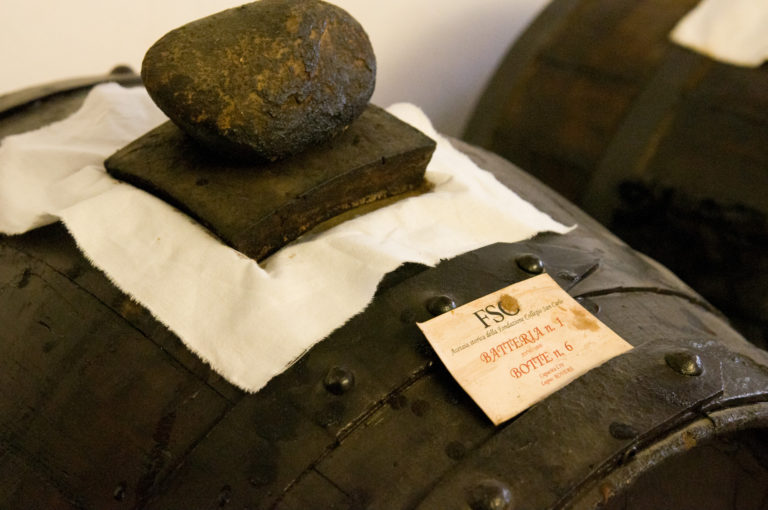The “Balsamic Tales” are a series of writings dedicated to Traditional Balsamic Vinegar of Modena, made from interviews with people who dedicated their lives to this precious dressing, for work or for passion.
We thank PierPaolo Bortolotti, an expert in Traditional Balsamic Vinegar, Emilio Biancardi of Acetaia Villa Biancaand Massimo Clò of Collegio San Carlo di Modena, for their willingness and precious information.
After telling the Origins, the Productive Process and the Aging Process, in this fourth and last episode we get to the delicate issue of protection, from the creation of the ABTM Consortium to the commercial recognition of the product.
Like many excellent products, even the Traditional Balsamic Vinegar of Modena is subjected to numerous attempts to counterfeiting, so that on the shelves of supermarkets, both in Italy and abroad, there are products that have the appearance of Traditional Balsamic Vinegar, but that in reality, for origins and production methods, are far from being so.
In order to protect the original product from the numerous imitations, in the late ’70s the Consortium of Traditional Balsamic Vinegar of Modena was born, whose first objective is to spread the knowledge of the product (in Italy but especially abroad) and to protect it, safeguarding its traditional productive method.
At the beginning, producers were just about fifteen but in the decade between the 80s and the 90s, the ABTM increased its recognition and some producers, enlarging their production, began to have hundred of barrels; it was therefore no longer possible to sell Traditional Balsamic Vinegar in a uncontrolled form: it became necessary to attribute homogeneity and a relative recognition to the product.
So a specific regulation was created, according to which Balsamic Vinegar is classified as a condiment, a product of first processing like an extra virgin olive oil, unlike wine vinegars, which are derivatives of a product already worked.
Thanks to the Consortium, it was established a sort of vigilance on each stage of production, with inspectors verifying its fidelity to the regulation, and also on the packaging and the sell: perhaps not everyone knows, in fact, that the Traditional Balsamic Vinegar is one of the few products that, before being sold, it is tasted to pass the expert tasters‘ exam.
All the barrels of ABTM are numbered and when a producer has to bottle his balsamic vinegar, he can’t do it in his farm, but he have to take it to the Consortium, where an acidity and density check is made, along with an anonymous tasting of all the quantity that should be bottled. If the product is considered suitable, it is possible to proceed with the bottling, which always takes place in the Consortium, where a small sample of each bottled batch is kept.
Finally, let’s talk about the packaging: according to the regulation, the unique bottle in which the real ABTM can be sold is a 100 cc bottle designed by the famous designer Giorgetto Giugiaro, which resembles to a matraccio (the ampoule used for tasting balsamic vinegar) with the addition of a squared base.
For the commercialization of the ABTM the only authorized bottle is this and, in theory, other vinegars can’t use bottles that recall its shape; this is therefore a good indicator to understand which product we are facing when we are about to buy a bottle of Balsamic Vinegar…even if, after this 4 blogpost long story, our readers should now have become true experts in the matter ?
For those wishing to learn more, and in first person, all the secrets of Traditional Balsamic Vinegar of Modena, we warmly recommend to visit one of the Acetaie of the Consortium, an experience that really knows how to satisfy all the senses!
Aceto Balsamico Tradizionale di Modena | Ph. Fabio Duma
Aceto Balsamico Tradizionale di Modena | Ph. Fabio Duma
Aceto Balsamico Tradizionale di Modena | Ph. Fabio Duma
Aceto Balsamico Tradizionale di Modena | Ph. Fabio Duma
Aceto Balsamico Tradizionale di Modena | Ph. Fabio Duma
Aceto Balsamico Tradizionale di Modena | Ph. Fabio Duma
Aceto Balsamico Tradizionale di Modena | Ph. Fabio Duma
Aceto Balsamico Tradizionale di Modena | Ph. Fabio Duma
Author

Elisa Mazzini
Social Media Manager for @inEmiliaRomagna and full-time mom.
You may also like

Interested in our newsletter?
Every first of the month, an email (in Italian) with selected contents and upcoming events.
